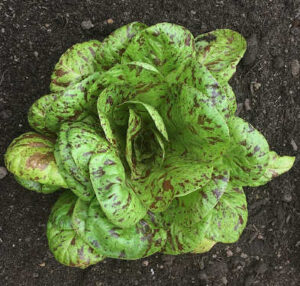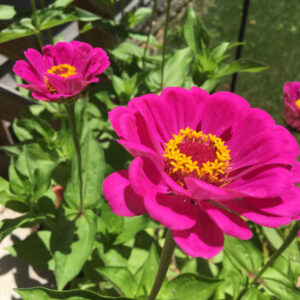How’s your quarantine garden going? There are so many people jumping into this new hobby right now with such enthusiasm and it is truly inspiring. I’m seeing so many new gardeners starting tomato, cucumber and basil seeds while saying, “I have no idea what I’m doing.” Honestly, how many intermediate or experienced gardeners had that same feeling when starting their first gardens? Spoiler: It’s a lot of them.
There’s a lot about gardening that they don’t mention on the seed packet. Here are a few tips and garden hacks to help you get your footing in the garden.
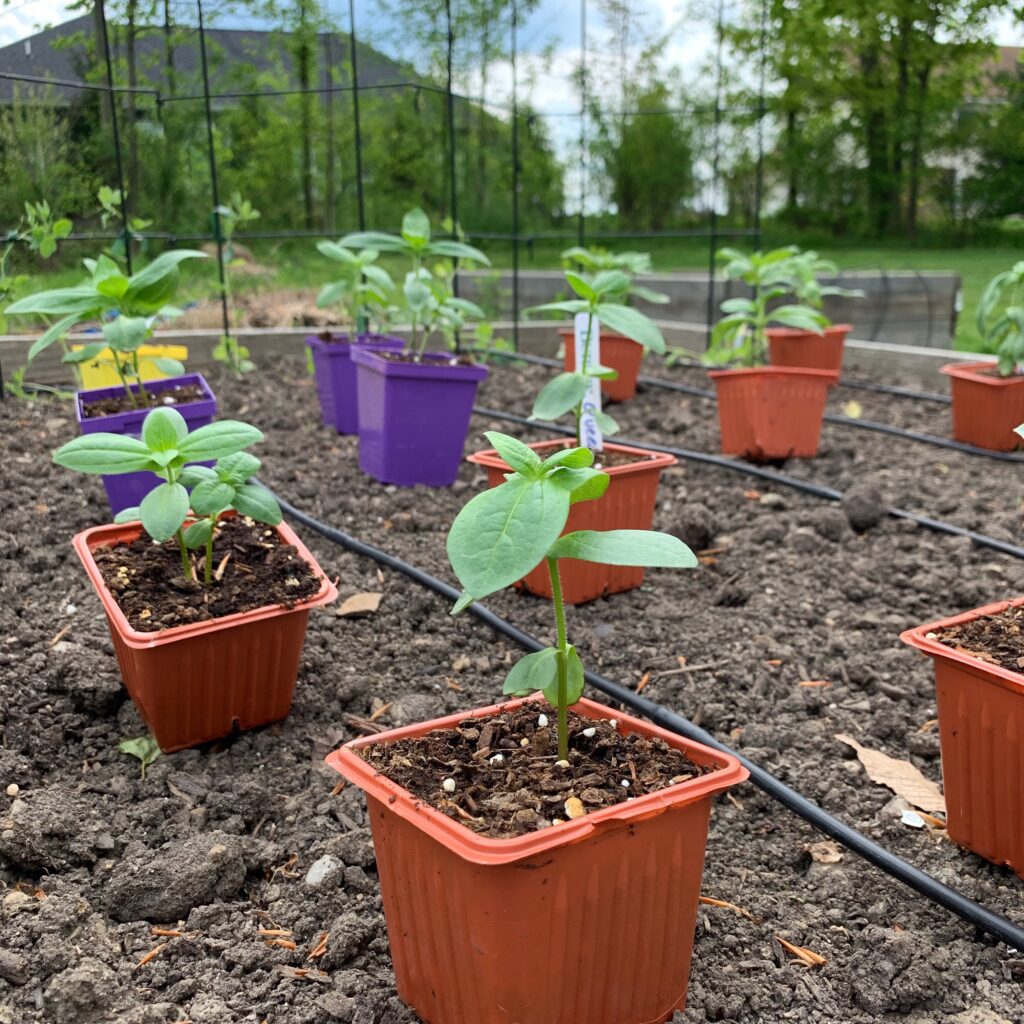
1. Remember that experienced gardeners screw up all the time.
I know it seems they’re magically, mystically in tune with the earth and nature, but they’re just like you when it comes to growing something they’ve never grown before. Gardening isn’t any more innate than knowing how to play the accordion. You have to learn.
2. The soil in your quarantine garden is important to your success.
If it’s hard to dig in your garden, it’s also going to be hard for roots to grow there. Add compost. You can buy it in bags at your garden center or box store. Hopefully with curbside pickup. Or you can just buy garden soil and grow in containers or a raised bed. Check out these raised bed kits at Gardeners.com.
3. Remember the flowers and herbs.
Maybe you’re thinking you just want to grow food and you don’t have time to worry about growing flowers right now. But flowers attract bees, which pollinate your tomatoes and zucchinis. Zinnia, borage, larkspur, snapdragons, dahlias and monarda (bee balm) all attract pollinators. Marigolds protect tomatoes from underground pests. I’m growing chives this year because I had an aphid problem last year. Don’t skip the flowers.
4. Write everything down.
Write down the dates of when you start your seeds and when you plant them outside. Tag your seedlings somehow, either with plant tags or with notes and label them again in the garden. I use all those leftover plastic knives that accumulate. Here’s some advice I gave a few years ago about keeping a garden journal.
5. Don’t plant anything outside before you should.
You’ll be tempted. We all are. Warm season plants, like tomatoes and peppers, shouldn’t go outside until nighttime temperatures don’t go below 50 or 55 degrees. Cool season crops, like lettuce, kale, broccoli, cabbage, peas and spinach, can tolerate cooler nighttime temps, maybe around 40 degrees. If you do have a colder night, you can cover those plants with a bedsheet or milk jugs with the bottom cut off.
The USDA Hardiness Zone map will tell you when your area gets its average last frost every spring and helps you figure out when it’s safe to plant warm season crops outside. According to the map, my area’s last frost date is May 1.
While this map helps, you have to become a bit of an amateur meteorologist to get your transplant timing right. Around April 20, I start checking the 10-day forecast to see how cold the nights will be. If I get to May 1 and nighttime temperatures are looking good, I transplant. Otherwise, I have to wait.
6. Acclimate your seedlings.
Before you can plant the seedlings you started growing inside in your garden, you have to get them used to the elements. This is called acclimating.
About a week before you plan to transplant those plants outside, put them in a shady spot outside for about an hour. The next day, same thing but for two hours. The next day, add in some time in filtered sun. Keep adding time outside and more sun each day until you’re ready to transplant outside. And watch moisture — time in the sun means more watering will probably be needed.
7. Connect with your local garden community online.
Look for garden clubs and community gardens. Garden centers. Botanical gardens. Local gardeners have grown where you’re growing and know your climate best. They can tell you what plants are going to work and which aren’t. And they know even more tricks that they don’t mention in the gardening books. Ask questions.
You can do this. Good luck and leave your questions in the comments or @howtonature on Instagram.
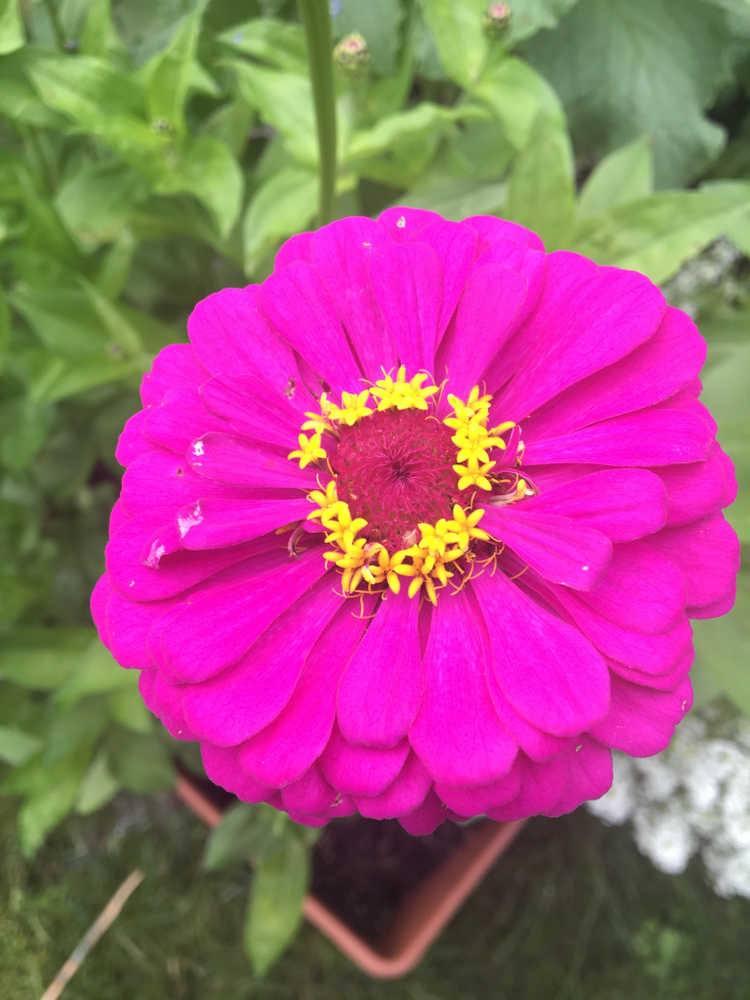
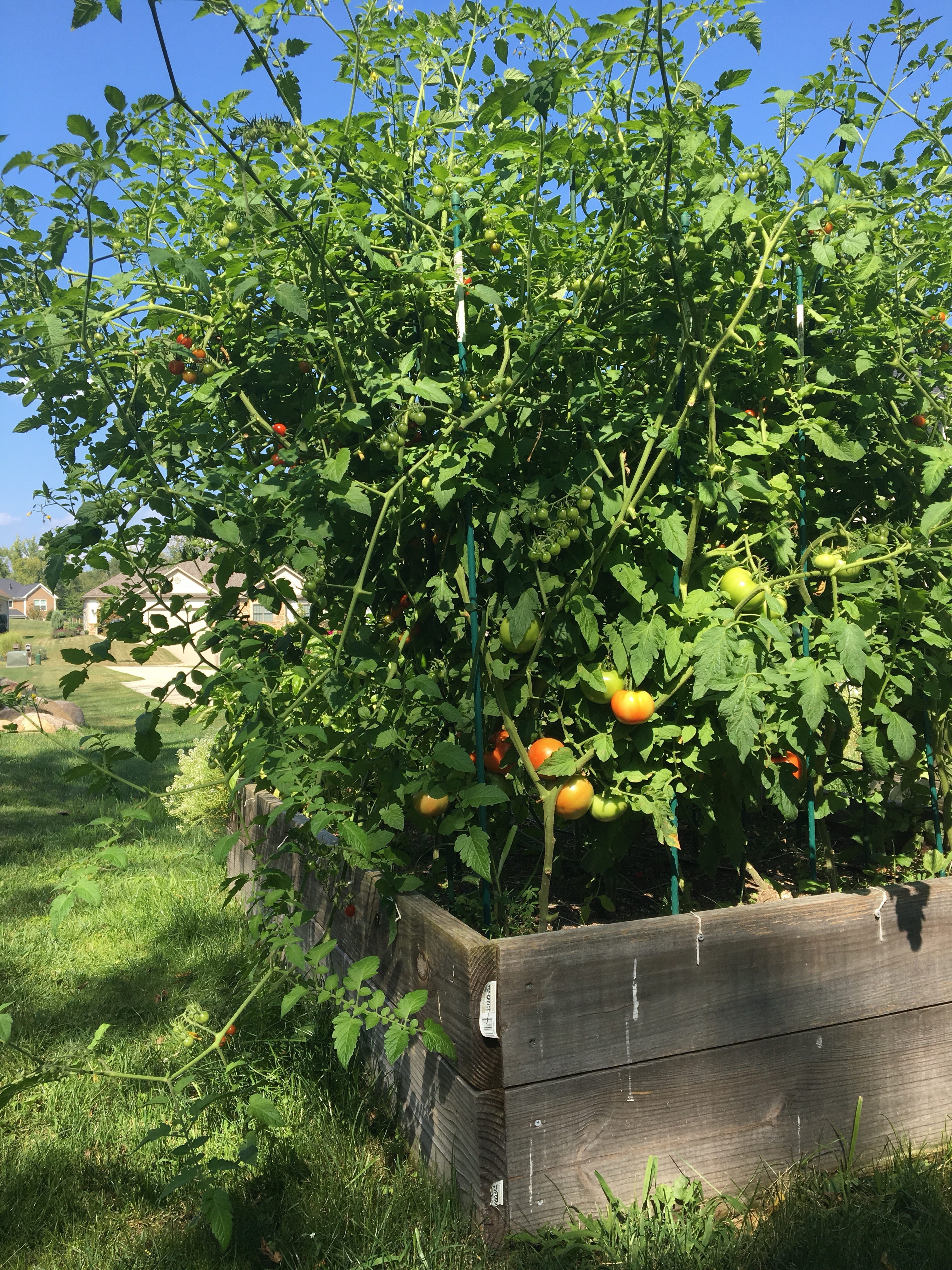



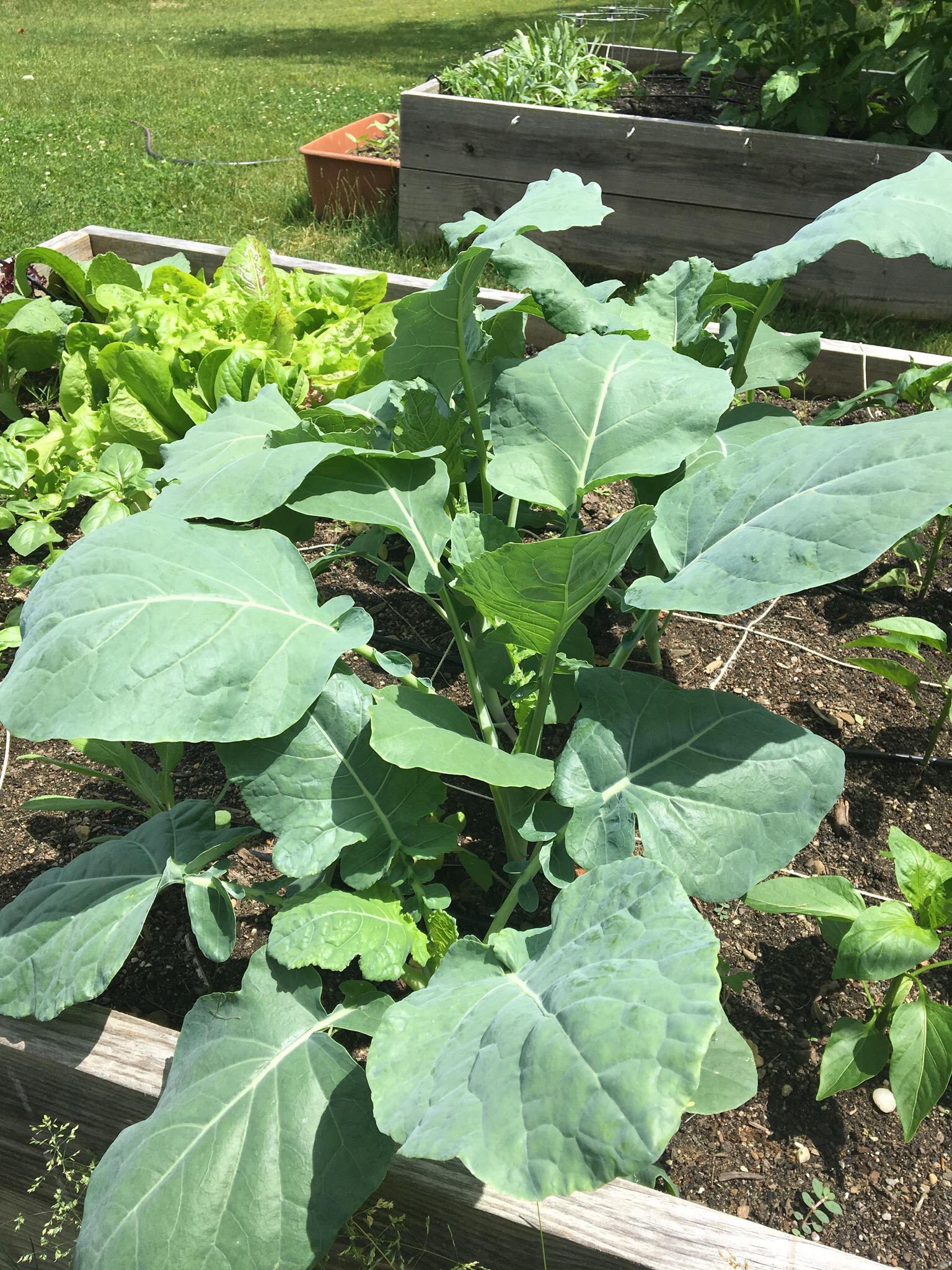
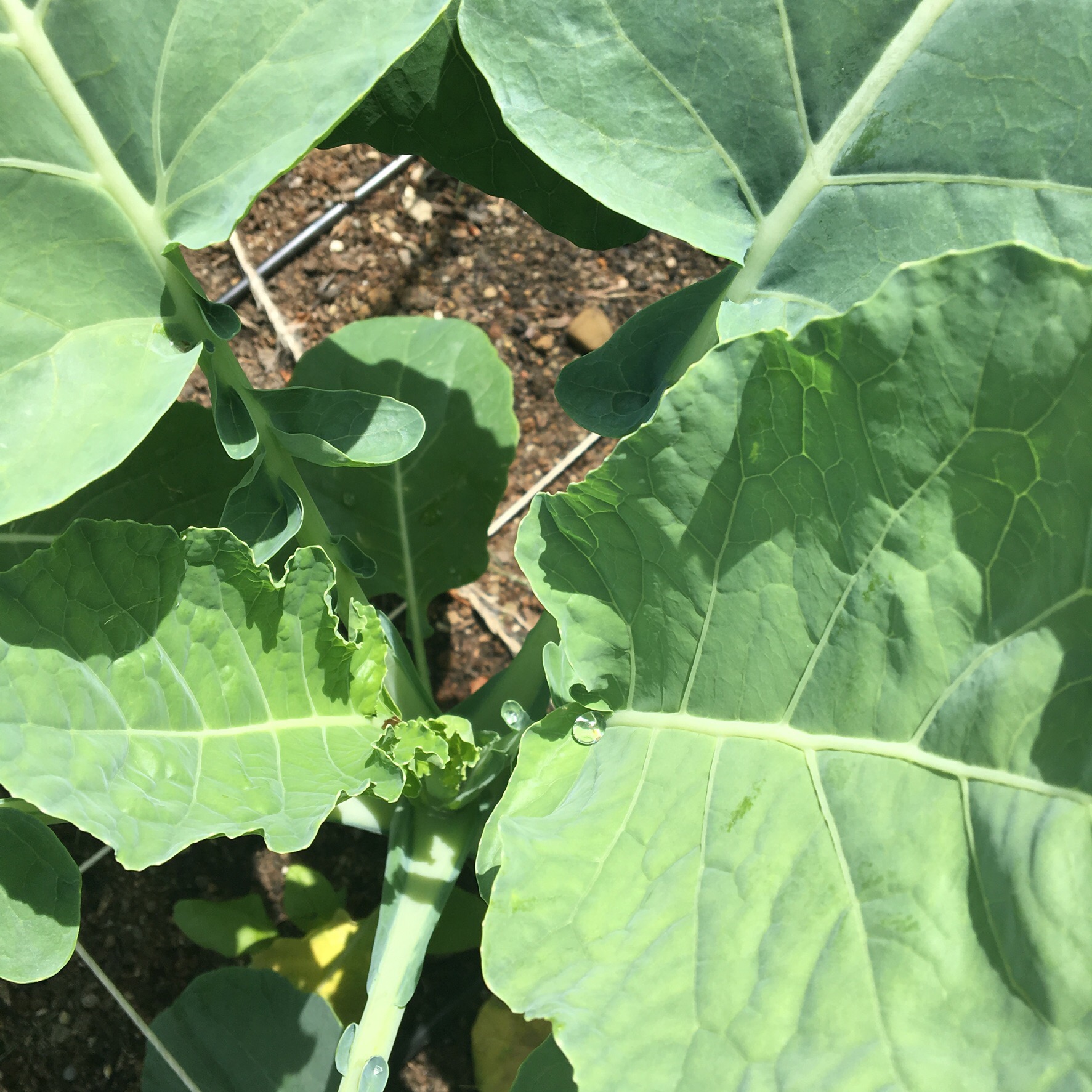
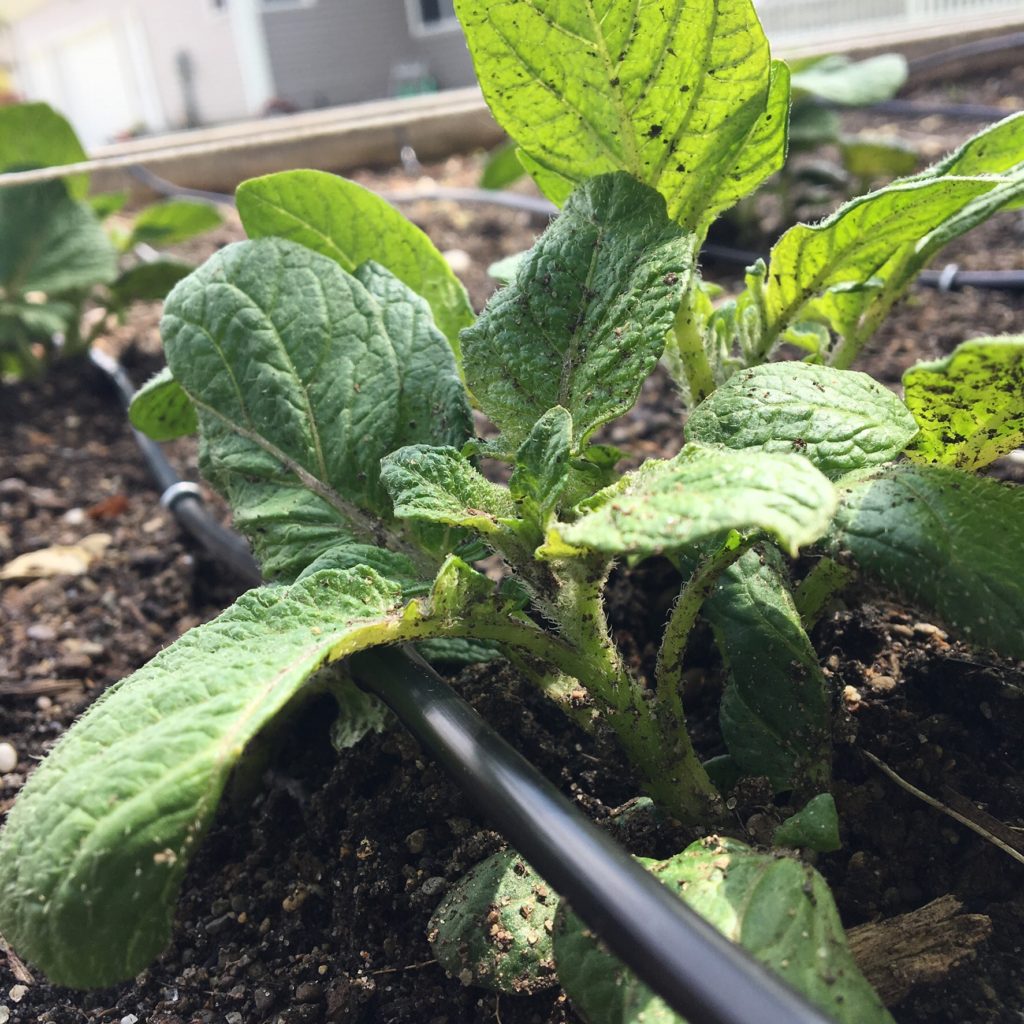
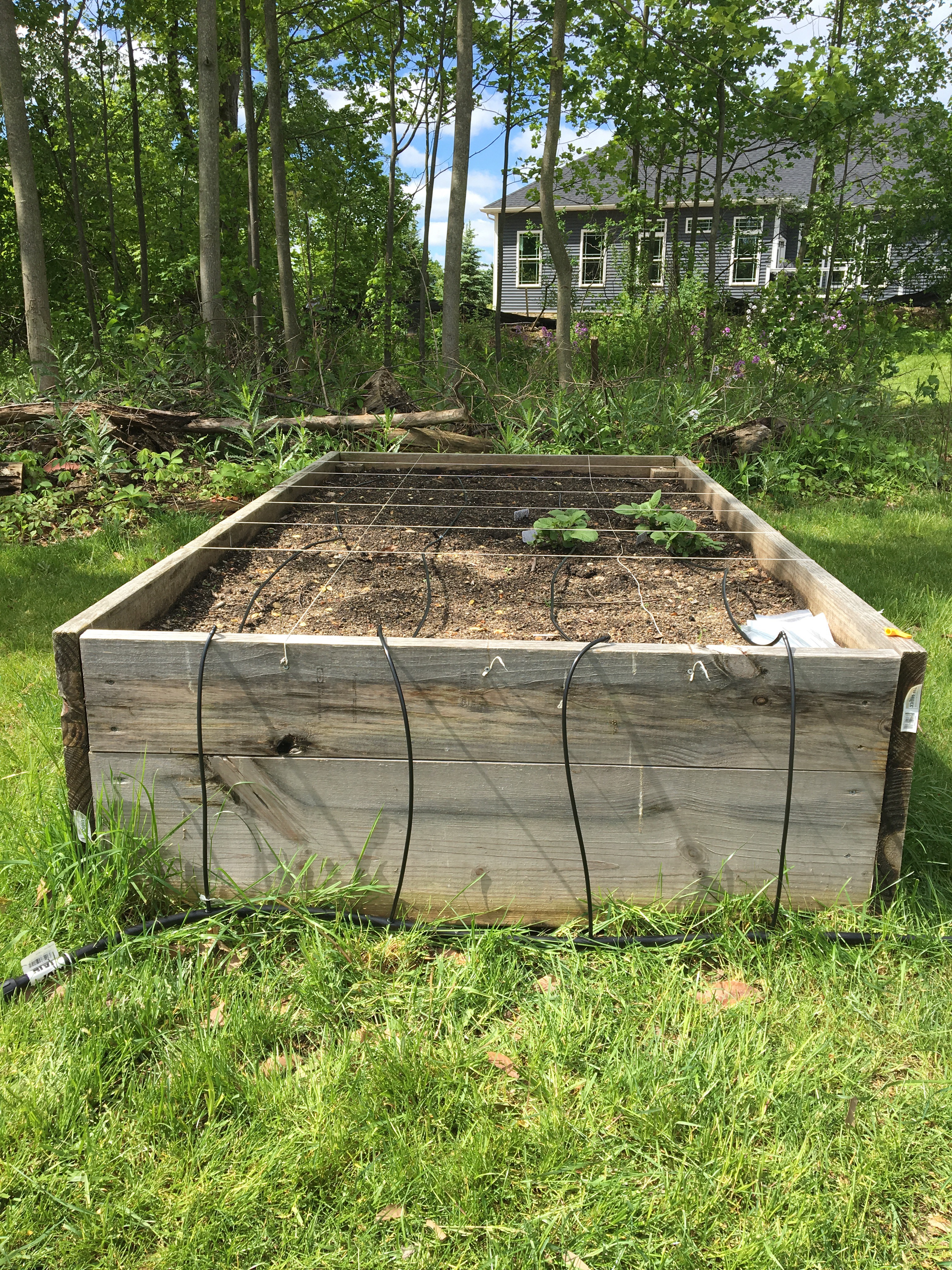
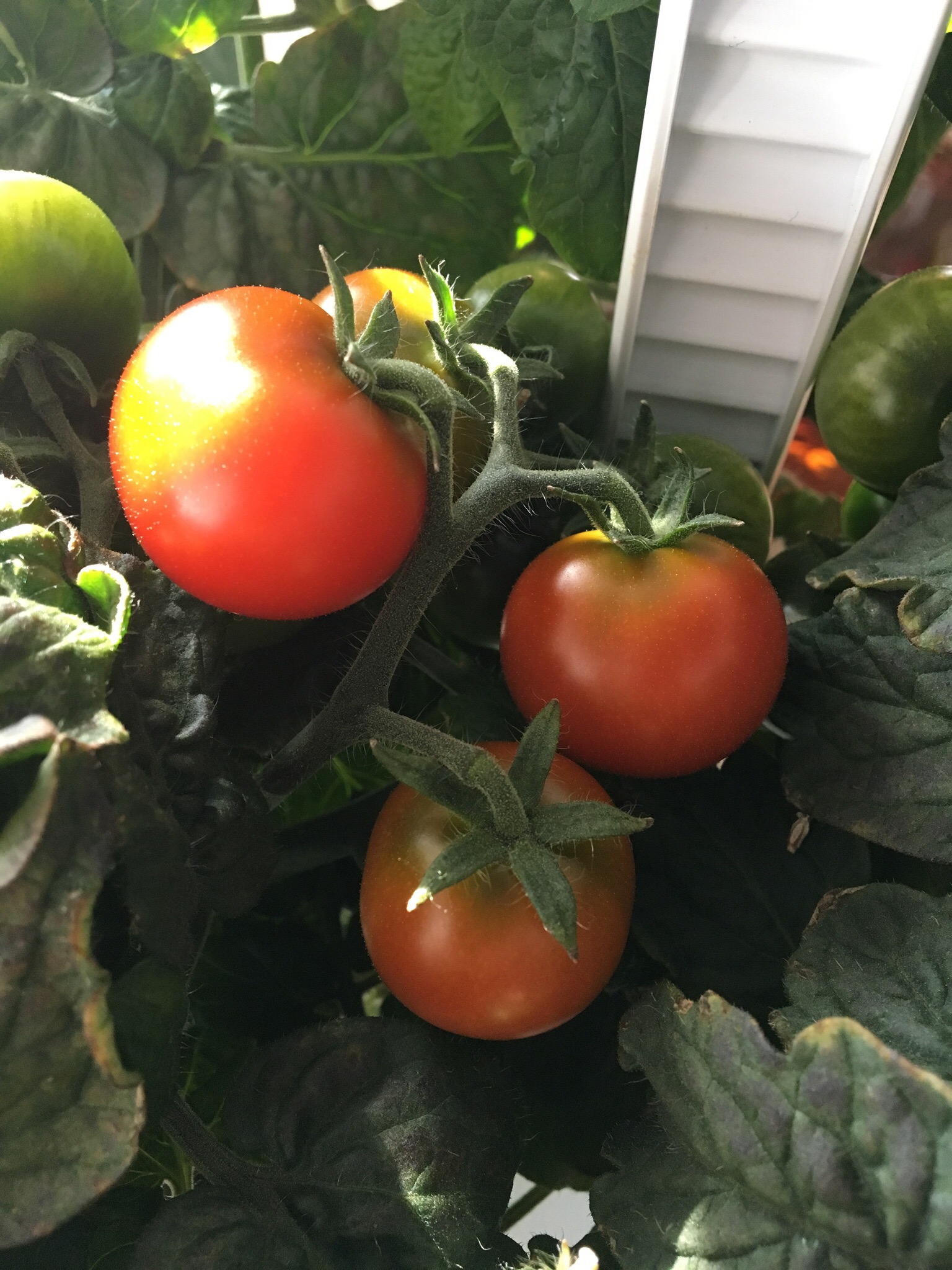
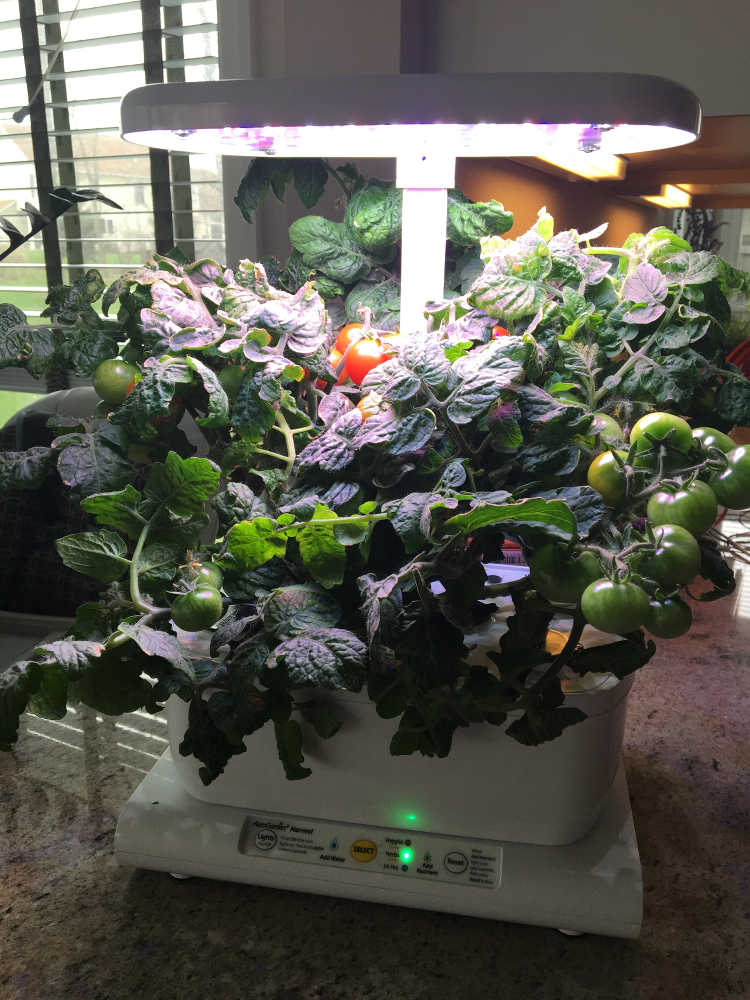
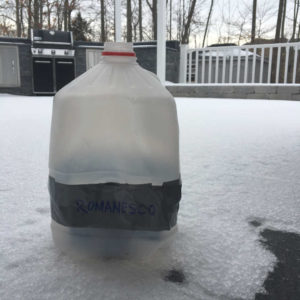 I’ve seen several articles online this winter about the milk jug greenhouse — starting seeds in a milk jug outside before your last frost date for some winter seed starting. It all sounds so easy!
I’ve seen several articles online this winter about the milk jug greenhouse — starting seeds in a milk jug outside before your last frost date for some winter seed starting. It all sounds so easy!

